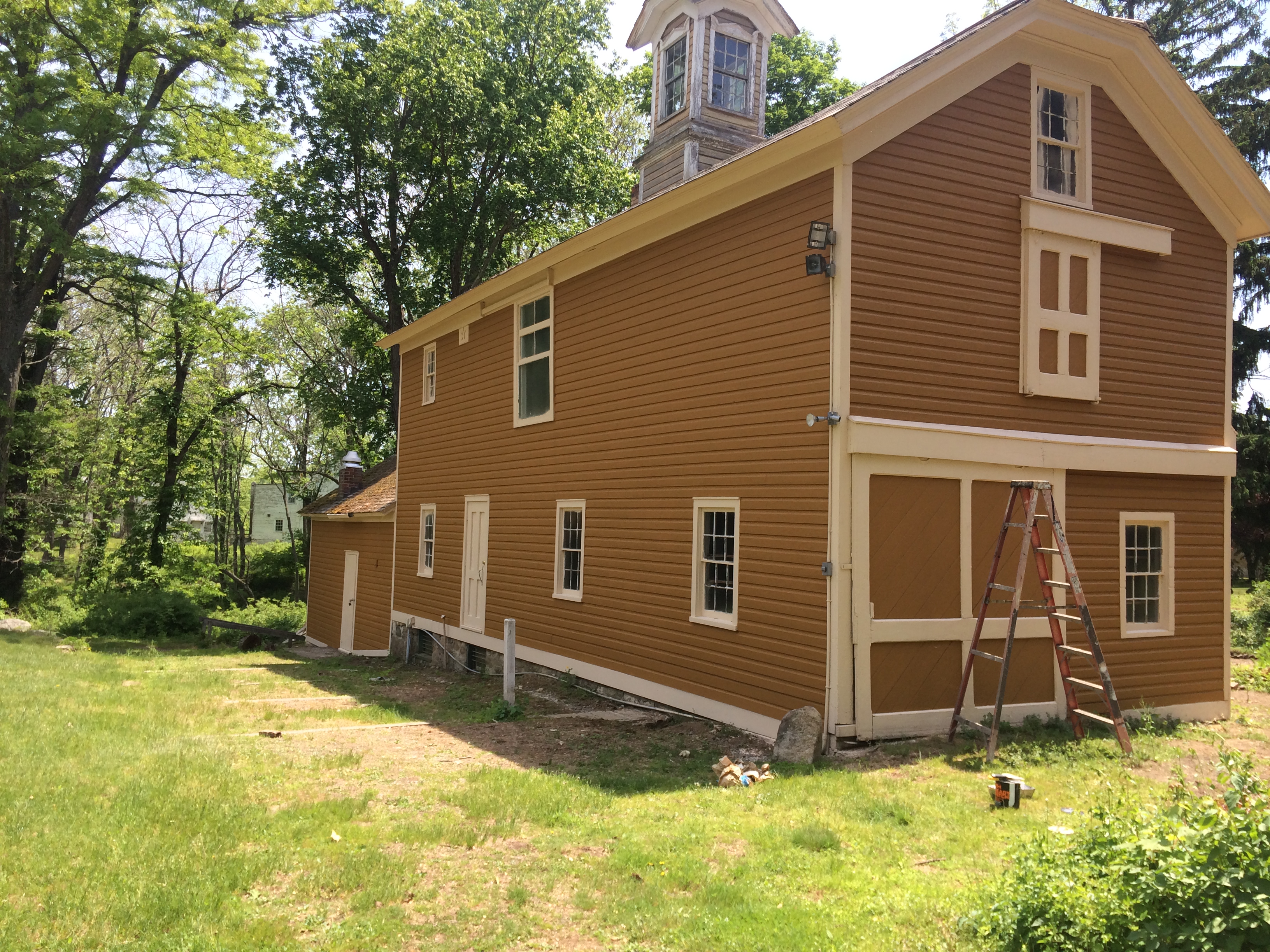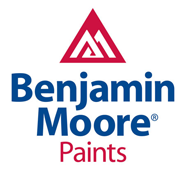How to Choose a Painter You Can Trust for Your Home or Business
Whether you’re refreshing your home’s interior, rebranding a commercial space, or restoring a historic property, the quality of the paint job makes a significant impact. But not all painting services are created equal. Finding a true professional among the many options in New Jersey is crucial for a durable, flawless finish that protects your investment. A subpar job can lead to peeling, cracking, and the need for costly rework, while a professional’s touch enhances value and appeal for years to come.
For property managers, developers, and discerning homeowners, the stakes are high. Choosing the right contractor means looking beyond a simple price quote. It involves identifying a partner with proven experience, specialized skills, and an unwavering commitment to quality. Here are the five essential qualities to look for in a professional painting contractor.
1. Deep Experience and a Proven Track Record
Experience is more than just years in business; it’s a portfolio of solved challenges and satisfied clients. A contractor who has been serving the community for decades, like Spectra Painting has since 1989, brings a level of knowledge that newer companies simply can’t match. They’ve encountered a wide variety of surfaces, conditions, and client needs, allowing them to anticipate problems and execute projects efficiently.
A reputable contractor will proudly showcase their past work. Ask to see a portfolio or look for an online gallery of completed projects. This provides tangible proof of their workmanship. Look for a diverse range of projects that demonstrate their versatility, from detailed residential painting to large-scale commercial contracts. This history is a strong indicator of reliability and quality.
2. Specialized Skills and Services
While many painters can handle a standard interior wall, a true professional offers specialized services that require advanced training and equipment. The ability to perform complex tasks signals a higher level of expertise and dedication to the craft. It shows they are equipped to handle any challenge your property might present.
Look for contractors who offer services beyond the basics, such as:
- Sandblasting: An essential surface preparation technique for industrial and commercial projects, sandblasting removes old coatings, rust, and contaminants to ensure optimal paint adhesion.
- Electrostatic Painting: This highly efficient method provides a smooth, factory-like finish on metal surfaces like fences, machinery, and fixtures with minimal overspray.
- Historic Restoration: Working on historic properties requires a delicate touch, knowledge of period-appropriate materials, and collaboration with conservators to preserve architectural integrity.
A contractor offering these advanced services is more likely to be a leader in the industry, committed to investing in technology and training.
3. Proper Licensing and Comprehensive Insurance
This is a non-negotiable quality. A professional painting contractor must be fully licensed and insured in the state of New Jersey. A license demonstrates that the contractor meets state requirements for knowledge and business practices. Insurance is crucial for your protection. It should include two key types of coverage:
- General Liability Insurance: This protects your property from accidental damage caused by the painters. If paint is spilled on valuable flooring or a window is broken, this insurance covers the repairs.
- Workers’ Compensation: This covers the contractor’s employees if they are injured on your property. Without it, you, the property owner, could be held financially responsible for medical bills and lost wages.
Always ask for proof of both licensing and insurance before signing a contract. A professional will readily provide this documentation, giving you peace of mind that you are protected from liability.
4. A Clear and Detailed Quoting Process
The initial quote is a window into a contractor’s professionalism. A vague, verbal estimate is a red flag. A professional contractor provides a detailed, written proposal that clearly outlines every aspect of the project. This document should function as a roadmap for the entire job, leaving no room for assumptions or surprise costs.
Your quote should include:
- A detailed scope of work, specifying all areas to be painted.
- The specific types and brands of paint, primer, and materials to be used.
- A breakdown of the surface preparation process (e.g., cleaning, sanding, patching).
- A clear cost breakdown for labor and materials.
- An estimated project timeline, including start and completion dates.
- Payment terms and schedule.
This level of detail demonstrates transparency and helps build a foundation of trust.
5. Commitment to Quality Materials and Meticulous Preparation
The longevity and appearance of a paint job depend heavily on two factors: the quality of the materials and the thoroughness of the surface preparation. A professional painter understands that skipping prep work will undermine the entire project. Proper preparation is the foundation of a durable finish and involves cleaning surfaces, scraping and sanding old paint, patching holes, and applying the correct primer. This meticulous process ensures the paint adheres properly and results in a smooth, uniform finish.
Equally important is the use of high-quality materials. A professional will recommend premium paints and primers suited for your specific surfaces and environment, explaining the benefits of their choices. While high-quality materials might cost more upfront, they provide better coverage, vibrant color, and superior durability, saving you money on maintenance and repainting in the long run.
Why Choosing a Local New Jersey Contractor Matters
Hiring a contractor based in New Jersey offers distinct advantages. A local company like Spectra Painting, rooted in Tinton Falls, understands the specific challenges posed by our state’s climate—from coastal humidity to freezing winters. They know which products and techniques stand up best to local weather conditions. Furthermore, a local contractor has a reputation to uphold within the community they serve. They are accountable to their neighbors and invested in building long-term relationships based on trust and quality work. When you hire a professional from your area, you’re partnering with an expert who knows New Jersey and is committed to delivering excellence.
Ready to Work with a True Professional?
Choosing a painting contractor is a significant decision. By prioritizing experience, specialized skills, proper credentials, transparency, and a commitment to quality, you can ensure your project is a success. Spectra Painting embodies these qualities, delivering exceptional results for commercial, residential, and industrial clients across New Jersey since 1989.
Frequently Asked Questions
What should I look for in a painting contractor’s estimate?
A professional estimate should be detailed and in writing. It should include the scope of work, types of materials, a breakdown of labor and material costs, surface preparation details, and a project timeline.
Why is it important for a painter to be licensed and insured?
Licensing ensures the contractor meets state standards. Insurance protects you from liability. General liability covers property damage, and workers’ compensation covers injuries to the contractor’s employees, so you are not held responsible financially.
How long has Spectra Painting been in business?
Spectra Painting has been providing high-quality commercial, industrial, and residential painting services to clients throughout New Jersey since 1989.
How important is surface preparation?
Surface preparation is arguably the most critical step for a lasting paint job. Proper prep—including cleaning, sanding, and priming—ensures the paint adheres correctly, preventing issues like peeling and chipping and resulting in a smoother, more durable finish.






